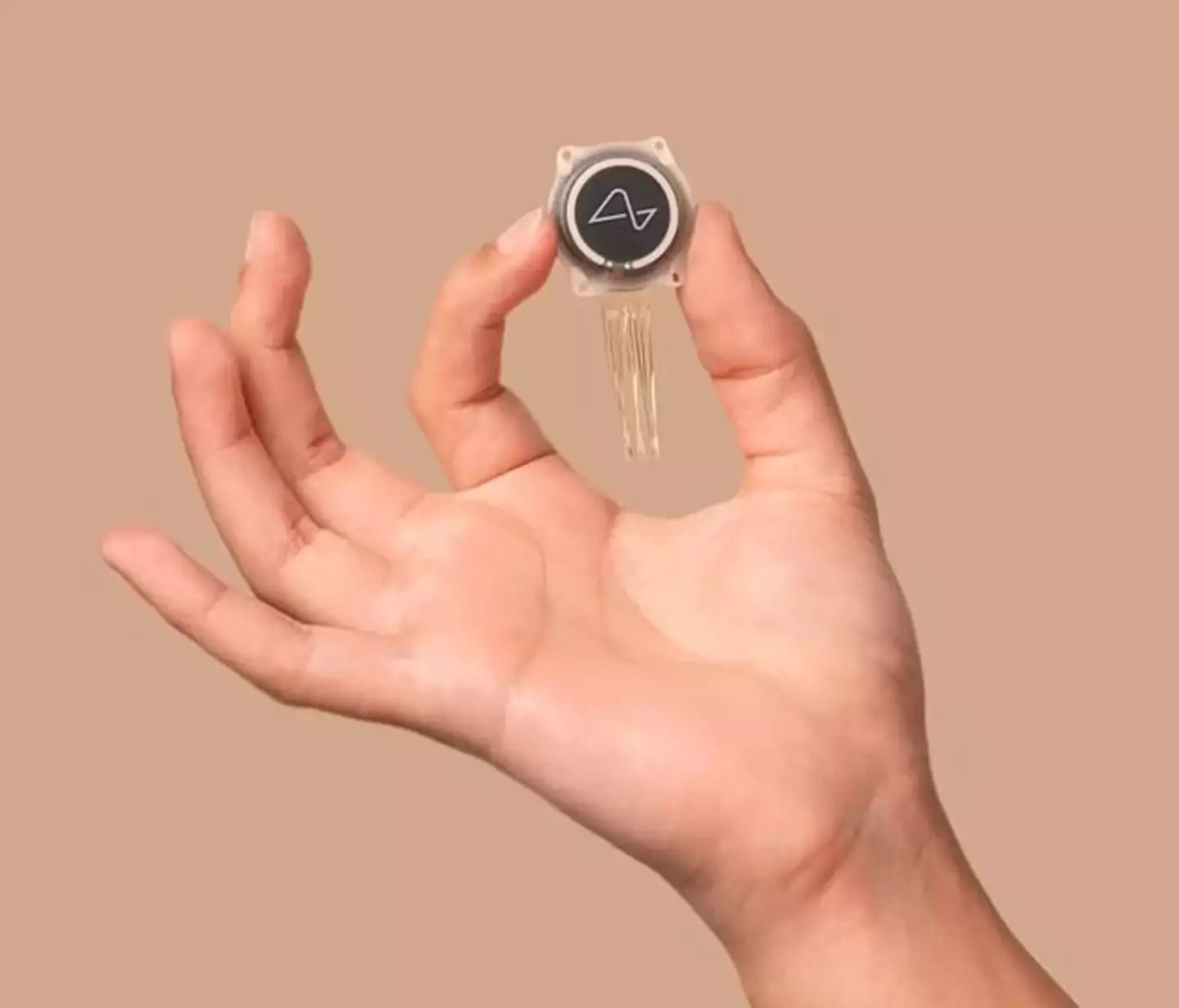Noland Arbaugh is the first person to have the Neuralink implant
Elon Musk’s Neuralink has shared a new update on the first human to have a brain implant.
The hugely impressive project moved onto human trials earlier this year, with Noland Arbaugh becoming the first individual to use the device.
Arbaugh suffered from life-changing injuries following a diving accident in 2016.
The incident left him with ‘absolutely no feeling’ from his shoulders and below.
Arbaugh went through the procedure in January, something that lasted just 30 minutes and included a ‘sewing machine-like’ robot which removed a small section of his skull and implanted the chip.
Updates from the Musk-owned company have been quite frequent, however, not all of them have been so positive.

The device aims to allow someone to use a computer with just their brain. (Neuralink)
In May, Neuralink confirmed that part of the implant malfunctioned in the weeks after the procedure.
The device – roughly the size of a quarter – works by using 64 ‘threads’ which Neuralink claims are thinner than a human hair.
They relay electrical signals from neurons – with neurons being nerve cells which send messages all over your body.
However, a number of threads had retracted from Arbaugh’s brain which meant the device would not pick up on the brain’s signals as effectively. Though Neuralink has since shared that the software has updated which improves how the tech picks up signals.
Now, Musk’s company has announced the tiny wires used in the trial are ‘more or less very stable’.
Neuralink executive Dongjin Seo said: “Once you do the brain surgery it takes some time for the tissues to come in and anchor the threads in place, and once that happens, everything has been stable.”

Noland Arbaugh is the first person to have the implant. (Noland Arbaugh)
Arbaugh is the only person so far to receive the implant, but Musk hopes have more participants very soon.
In fact, the Neuralink is hoping to be ‘in the high single digits’ by the end of 2024.
The company is now taking risk mitigation measures such as skull sculpting and reducing carbon dioxide concentration in the blood to normal level in those involves, company executives recently announced.
Matthew MacDougall, Neuralink’s head of neurosurgery, said in a live stream on X: “In upcoming implants, our plan is to sculpt the surface of the skull very intentionally to minimize the gap under the implant… that will put it closer to the brain and eliminate some of the tension on the threads.”





